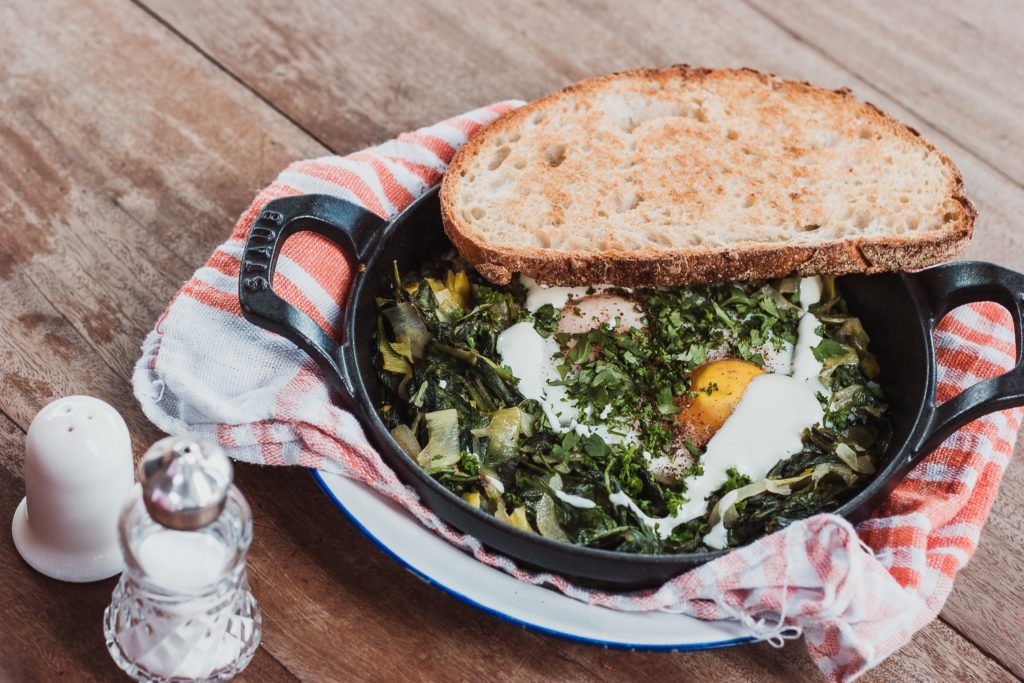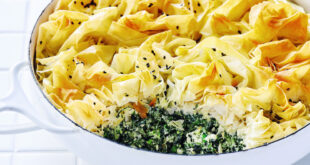 We’ve all heard of E-waste – the electronic waste that sees tonnes of outdated and broken-down computers, laptops, and mobile phones ditched to developing countries where much of it eventually ends up polluting landfills. But a lesser-known evil is ‘K-waste’. K-waste is kitchen waste – and we’re not talking about food scraps. We’re talking about kitchen equipment and appliances that get the heave-ho because they’ve all too soon reached their best-by date. One of the most common items in this range is the non-stick fry pan.
We’ve all heard of E-waste – the electronic waste that sees tonnes of outdated and broken-down computers, laptops, and mobile phones ditched to developing countries where much of it eventually ends up polluting landfills. But a lesser-known evil is ‘K-waste’. K-waste is kitchen waste – and we’re not talking about food scraps. We’re talking about kitchen equipment and appliances that get the heave-ho because they’ve all too soon reached their best-by date. One of the most common items in this range is the non-stick fry pan.
Teflon-coated pans were seen as revolutionary when they first appeared on the market. Suddenly you could fry anything – even without the use of oil – and it wouldn’t stick to the surface of the pan. But as we all now know, Teflon pans have a lifespan that is often not more than a few months to a year, depending on how we treat them. Before you know it, you’re biffing your recent buy in the bin and reaching for another. If you’re a serial Teflon pan mistreater, you may even buy a cheapie again and again, knowing that you’ll have wrecked it within weeks!
If you want to get serious about limiting K-waste, the pan you need to own is a cast iron model. Know how to care for it, and you’ll be doing your bit to save the planet with an item of cook wear that will last you a lifetime. Here are our tips for making sure your pan stays non-stick.
Seasoned user
Cast iron pans like to be ‘seasoned’ before use. This process brings a non-stick surface to the pan. Seasoning doesn’t have to be carried out each time you use your pan – only the first time or if the pan starts to feel ‘sticky’ after you’ve been using it regularly. Pans which have no non-heat proof parts (such as wooden handles) can be seasoned in the oven. Pans with non-heat-proof parts must be seasoned on a hot plate.
Good to go
Once your pan is seasoned, it’s ready to be used. Each time you’ve finished using it, wash only if necessary (and NEVER use detergent). But better by far is to clean the pan by rubbing it with coarse sea salt. When the pan is clean and dry, rub its interior with a lightly oiled cloth. Do not leave any oil residue in the pan. Once you’ve fallen in love with your non-stick cast iron pan, you’ll grow to love this routine.
On-going care
A well-loved cast iron pan will last you forever – if you treat it well. To do this, avoid cooking acidic foods in it for extended periods. For example, it’s fine to prepare your pasta sauce in your pan, even though tomatoes are acidic – just don’t leave the sauce sitting in the pan overnight. However, steer clear of using your pan to make a vinegar-based chutney. Never pour cold water into your hot cast iron pan – you could cause it to warp or crack. And although they sound unbreakable, cast iron pans can crack or chip if dropped on or knocked against a hard surface – so take care. Don’t leave your pan out in the weather, or rust will attack it. And if you’re going on holiday and have guests staying in your home, be sure to ask them to treat your pan with the same care you do (either that, or hide it!).
It’s worth it!
Cast iron pans soon become like old friends! The small amount of care required to keep them in good shape is well worth the service they return – and it certainly beats biffing a Teflon version in the landfill every year!










Join the Discussion
Type out your comment here:
You must be logged in to post a comment.